Corvinilor Castle
Built in the 14th century,  Corvinilor Castle represents one of the most amazing and well-preserved medieval buildings, being in fact the most famous property of Iancu de Hunedoara, building that even today dominates the city of Hunedoara.
Corvinilor Castle represents one of the most amazing and well-preserved medieval buildings, being in fact the most famous property of Iancu de Hunedoara, building that even today dominates the city of Hunedoara.
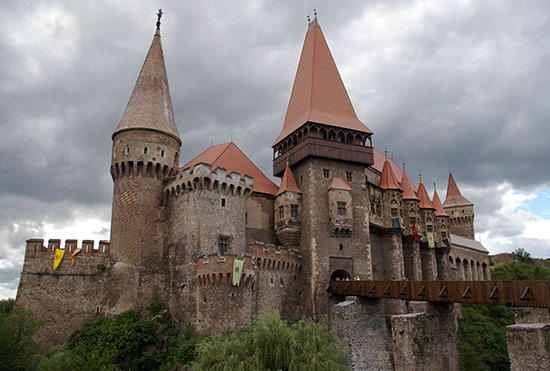
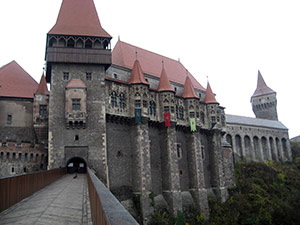
Iancu de Hunedoara was the one who stopped the Turkish army at Belgrad in their rise towards Europe, after conquering the Constantinople in 1456. Only a few know that even today the bells of the Catholic Churches still toll in the middle of the day for this victory, as a decision of the Vatican Church.
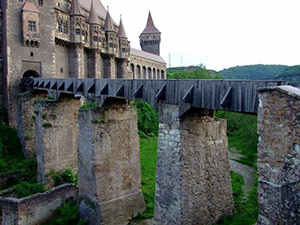
The Corvinilor Castle is one piece of a kind because of the special styles in which it was built and because of the presence of some military innovations. It is also known that people led a very impetuous life there at the castle for more than 400 years. This building suffered along the years various changes and during Iancu de Hunedoara’s reign, the castle became also a luxurious home, not only a strategic point.
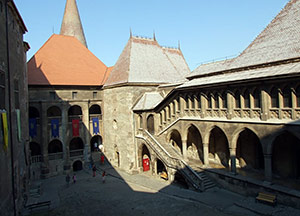
The Orthodox Church which became eventually a Catholic sanctuary
The church, which lies in the inner yard of the castle used to be an Orthodox Church, as a proof for that we have the altar which is oriented towards East. Switching to Catholicism mainly because of political reasons, Iancu de Hunedoara lowered the ceiling of the Orthodox Church in front of 1000 mercenaries, after spending some time in Italy. Above the actual ceiling, which is built in the Gothic style presenting astonishing arches, one can see the former ceiling, the one that belonged to the Orthodox Church. The altar couldn’t be moved towards North-West, as it’s usually pointed in all the Catholic churches. The inadvertences come from the fact that the entrance of the church is in the inner yard of the castle. The entrance door presents decorations specific to Renaissance and also Matei Corvin royal coat of arms, which does not resemble Iancu de Hunedoara’s by any means. A raven is presented there resting on a branch of an oak, holding a golden ring in its beak (the background is a blue field). The interior of the church is a special one, because, some say, it’s a miniature of the Cathedral from Amiens, where the kings of France used to be crowned and whose main relic is in fact the head of John the Baptist.
[php] //start show banner if country is not finland if(function_exists('wp_ip2nation_getcountry')) { $ip = $_GET["ip"]; if(empty($ip)) { $ip = $_SERVER['REMOTE_ADDR']; } $nation = wp_ip2nation_getcountry($ip); $country = $nation->country; $customIps = array('128.214.211.136'); if (!in_array($ip, $customIps)) { if ($country != "Finland") { echo '[a href="https://www.romanianmonasteries.org/romania/travel-guides-albums-romania/greeting-from-romania-with-love"][img class="noborder" title="Album Greeting from Romania with Love" src="https://www.romanianmonasteries.org/images/banner-Romania-love-en.jpg" alt="Album Greeting from Romania with Love" /][/a]'; } } } //end show banner if country is not finland [/php]
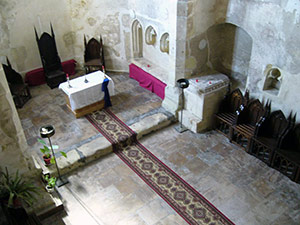
The castle has 42 chambers, 2 platforms, 2 bridges and is built on an area of 7000 square m.
The access to the castle is made on a wooden bridge which is sustained by 4 massive stony piers that are placed in the riverbed of Zlasti, leaving behind the Hussan’s Court and the niche that shelters the statue of St. John de Nepomuk, the protector of bridges. From there you can see the new rectangular-shaped stony tower (Turnul nou de poarta) which is impressive by its great size. You can also visit the prison of the castle where Vlad Tepes was supposed to have been kept as prisoner. On the left side, just as you get out of the stony tower, you can see Loggia Matia at whose floor one can see the only secular fresco dating the Renaissance and also The Golden Chamber where one can see “Items of the collection of the museum from the Corvinilor Castle”. At first, the museum exhibitions focused only on the Middle Ages items, but in short time, these approached other fields, such as archaeology, ethnography, decorative art and ancient books.
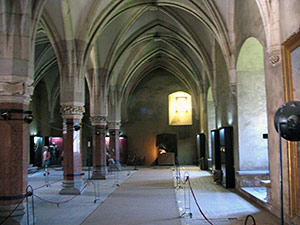
At the first level of the New Gate Tower, you can find the “Princesses’ Living Room” (Camera Domnitelor) where you can see pieces of furniture belonging to the 19th century: a table, a sideboard and a cupboard. Across the spiral staircase, one reaches the Council Hall (Sala Dietei), which is built in late gothic style. At the exit, the staircase leads to the floor where the Capistrano Tower is situated. To the right there is another staircase that leads to the second level of the Southern Palace, to the rooms that were used in the 18th century as offices for the iron mines Administration of Poiana Rusca Mountains.
In the yard, near the well, one can also visit the artillery platform, which was neatly rearranged in the 19th century. From there you have a pleasant view over the Bears’ Pit, the Northern Palace, the chapel and the courtyard of fountain.
The last sight, the Knights Hall (Sala Cavalerilor), one of the most interesting laic spaces in 15th century Transylvania, is situated in the Western side of the castle, at the ground floor of the Great Palace. It is divided into two sectors by a row of octagonal columns. This hall served as dinning room for festive occasions or as judgment and council room for noblemen, after the German model.
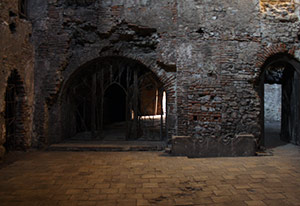
Among the important guests that were in fact hostages, were Gheorghe Doja and Vlad Tepes. The former, the leader of the Rebellion in 1514, was caught when his army, formed entirely by peasants bondsmen, was defeated by John Zapolya, the commander of the fortress from Timisoara. Before being brought to Timisoara where he was “crowned” with a hot ironed crown, he had been locked away in the prison house of the castle, which is situated in the inner yard of the fortress. In the same prison, Vlad Tepes was locked, the reason for that being that he sent some letters to the sultan, betraying in this way the Christian cause, which was ruled at that time by Matei Corvin. This story is pretty much uncertain, because some historians affirm that those letters were fake and that they were written at Matei Corvin command. He is supposed to have spent all the money that the Christian people from Europe saved for the establishment of an army of mercenaries. The aim of this army was to stop the Turkish invasion.
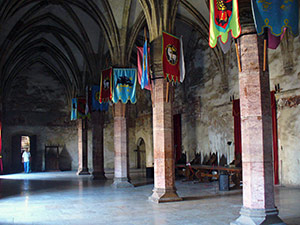
The same historians say that Vlad Tepes (Vlad the Impaler) was to be judged in the Council Hall (Sala Dietei), but it was very difficult at that time to gather all the members of the Council in Hunedoara and even if all the members had gathered, they wouldn’t have had enough nobiliary ranks in order for them to judge a prince of Vlad Tepes’s rank. What’s interesting about this matter is that when Vlad Tepes heard about his judgment in the Council Hall, he went insane. His act of insanity can very well be explained. Near the prison house, there was the so called “Pit of Scythes”. Legends say that whenever someone was found guilty by the Council, they were thrown in the Pit of Scythes which was 8-10 meters deep. There below, there was a mechanic system based on pulleys, which set the scythes into motion. This way the condemned ones were torn to pieces. Another place of horror was the so called “Pit of lions”. There were no lions in there, but there were hungry bears or wolves which were ready to eat alive anyone that was sent in there. The weird fact is that this Pit of lions was situated right under the window of the “Princesses’ Living Room” (Camera Domnitelor).
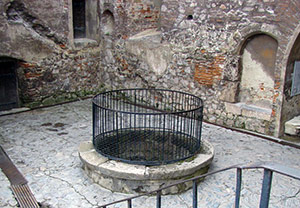
Legende:
“You have water, but you have no soul”
In the vicinity of the entrance of the church, there is a fountain which was dug in stone by three Turkish prisoners. The legend says that when these three prisoners were captured by Iancu de Hunedoara from his battles against the Turkish army, they were told that if they dug in stone and reached for water, they would be released. For ten years the Turkish prisoners dug nearly 20-25 meters into stone and they finally reached for water, but instead of being released, they were beheaded. This is just a legend and it’s not specific only to Corvinilor Castle. Before being executed, it is said that one of the prisoners had carved into stone the following words: “You have water, but you have no soul”. The truth is that one of the prisoners, which was in fact the son of a vizier, carved on one of the stones from the wall near the well that he built that well together with two other prisoners while they were prisoners to these giaours.
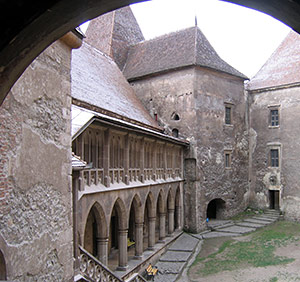
The spy monk that was walled alive in the foundations of the Capistrano Tower.
The story of this tower is a very interesting one. No one knows exactly if Ioan de Capistrano lived there ever, but, this is the way it is called. Capistrano Tower is a small and flattened tower and is situated at the merging point between the castle and hallway that leads to the Neboisa Tower. In the Capistrano Tower one may see a round and austere chamber. It actually looks like a monastery cell. In those times, only the chaplain of the castle used to live there and it is situated at the same level as the Council Hall. The legend says that the last monk was caught spying everything that happened in the Council Hall (Sala Dietei) through a hole made in the wall. The aftermath was that the monk was walled into the recess in the wall of the room, wall that was half a meter thick. If this story is true, no one can tell.
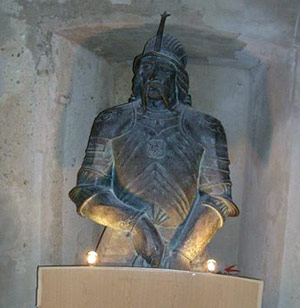
“Cut his moustache with a hack saw!”
In the Knights Hall (Sala Cavalerilor) there is a bust made of bronze, which represents Iancu de Hunedoara. This bust, which has actually a copy at the National Military Museum in Bucharest, was hidden in one of the cellars, because one of the first secretaries of the parties in Hunedoara noticed that Iancu de Hunedoara’s moustaches looked like a Hungarian person’s. Not only did he notice that, but he also demanded that his moustaches should be cut with the hack saw, so that he can look like a Romanian man. Eventually though, the bust suffered no changes, remained intact just like the one from the Military Museum.
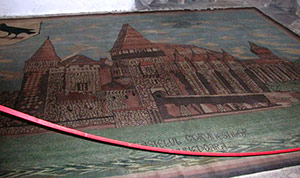
Ceausescu’s tapestry work
There is another story according to which in the Golden Room there is a huge tapestry work on the wall. This tapestry work was done by the weaver women from the “Drum Nou” cooperative society in Hunedoara. The tapestry work represents a general view of the castle and it should have been given to Nicolae Ceausescu as a gift after the last Congress of the party. The thing is that after the Congress, which was a success, the tapestry work remained there and even nowadays visitors can see it.
Because Iancu de Hunedoara’s bronze bust was mentioned above, the city can be proud of the statue of the sculptor Paul Vasilescu, the one who realized Ianu de Hunedoara holding a sword in his hand, but not as a threat, the ruler holds it into his palms, just like he would hold a baby or a book.
[php] //start show banner if country is not finland if(function_exists('wp_ip2nation_getcountry')) { $ip = $_GET["ip"]; if(empty($ip)) { $ip = $_SERVER['REMOTE_ADDR']; } $nation = wp_ip2nation_getcountry($ip); $country = $nation->country; $customIps = array('128.214.211.136'); if (!in_array($ip, $customIps)) { if ($country != "Finland") { echo '[a href="https://www.romanianmonasteries.org/romania/travel-guides-albums-romania/album-transilvania-en"][img class="noborder" title="Album Transilvania" src="https://www.romanianmonasteries.org/images/banner-Transilvania-album-en.jpg" alt="Album Transilvania" /][/a]'; } } } //end show banner if country is not finland [/php]
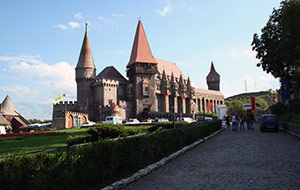
How to get there?
One can get there easily by train, bus and even his/her own car, by accessing the road DE 7 till Santuhalm. From there, the road DN 68 N leads to Hunedoara. Once arrived in Hunedoara, it’s pretty much easy to find the castle, because of the traffic indicators.
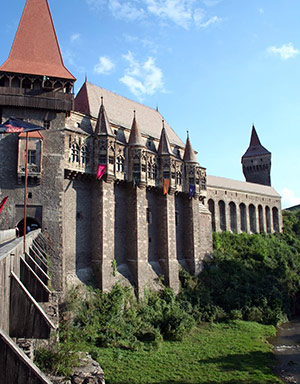
Contact:
Address: Curtea Corvinestilor Street nr. 1-3, 331141, Hunedoara County
Phone: +40 (254) 711423
E-mail: contact@castelulcorvinilor.ro
The program of the museum from the Corvinilor Castle:
Season (1st of May- 1st of September)
Tuesday -Sunday (9.00 AM – 6.00 PM),
Monday (9.00 AM – 3.00 PM)
Extra season (1st of March-30th of April)
Tuesday -Sunday (9.00 AM – 5.00 PM),
Monday (9.00 AM – 3.00 PM) The last visitor can enter the museum 30 minutes before the closing time.
Extra season (1st of September-28th of February)
Tuesday -Sunday (9.00 AM – 5.00 PM),
Monday (9.00 AM – 3.00 PM)
The prices:
Entrance fee for adults – 10 lei
Entrance fee for pupils, students, pensioners-based on specific ID – 5 lei
Photo charge – 5 lei
Video charge – 10 lei
Documentary and artistic movies or commercials – 600 lei/ora
Guiding charge – 30 lei
Car parking charge – 1 leu
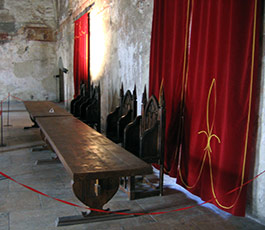
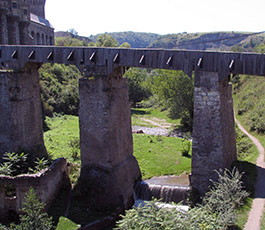
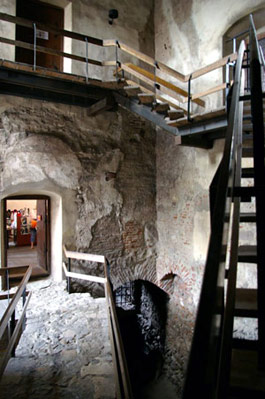
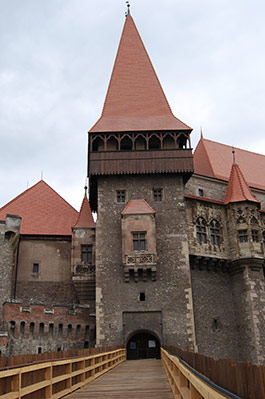
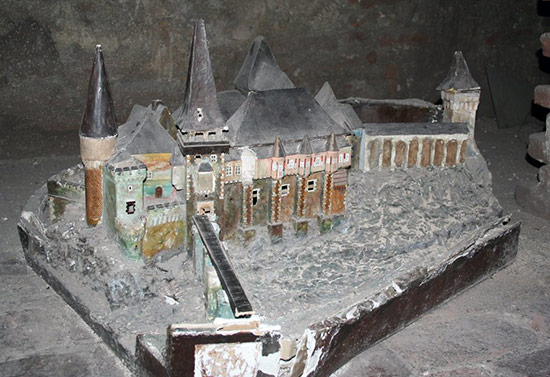
 Travel Bucovina
Travel Bucovina Travel Maramures
Travel Maramures Travel Romania
Travel Romania Other Monasteries from Romania
Other Monasteries from Romania Peles Castle
Peles Castle Bran Castle
Bran Castle Sarmisegetuza
Sarmisegetuza Romania Map
Romania Map
